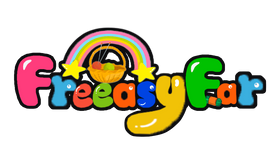Count stitches, rounds, and rows
When you’re a crochet beginner, you may ask yourself “where oh where does my crochet hook go next?” after almost every stitch you make.
This tutorial explains the parts of a single crochet stitch, and how where you crochet your next stitch affects how your piece will look.
In crochet, the terms "row" and "round" refer to different ways of constructing your project, and each method produces a distinct structure
FLAT PIECE VS ROUND (3D) PIECE

PARTS OF A CROCHET STITCH


Practical Tips:
1. Use Stitch Markers: Place a stitch marker at the beginning of each row or round to easily identify the start.; Use different colored markers to denote specific rows or rounds if necessary.
2. Consistent Checking: Regularly count your stitches, rows, and rounds to ensure accuracy. It’s easier to fix mistakes if you catch them early.
3. Pattern Instructions: Follow your pattern instructions closely, as some patterns include specific instructions for counting stitches and rows
HOW MANY CROCHET STITCHES ARE THERE?
There are quite a few different crochet stitches out there, but some of the most
basic and commonly used ones include:
The single crochet(sc): This is a basic stitch that you’ll find in many different crochet projects, particularly in our beginner kits.
The half-double crochet(hdc): This stitch is a little bit taller than the single crochet.
The double crochet(dc): This is the tallest of the basic stitches.
The increase stitch (inc): Whether you’re starting with a magic ring or a foundation chain, when crocheting in the round, you’re going to need to use increase stitches to make your project bigger. To make an increase stitch, you’re essentially doing two stitches in the next stitch.
The decrease stitch(dec): The decrease stitch is the opposite of an increase stitch and is another common stitch when working in the round. Instead of doing two stitches in one, you’ll be combining two stitches to make your crochet project smaller.
These are just a few examples, and there are many other stitches out there that can
be used to create a variety of different fabrics and textures
